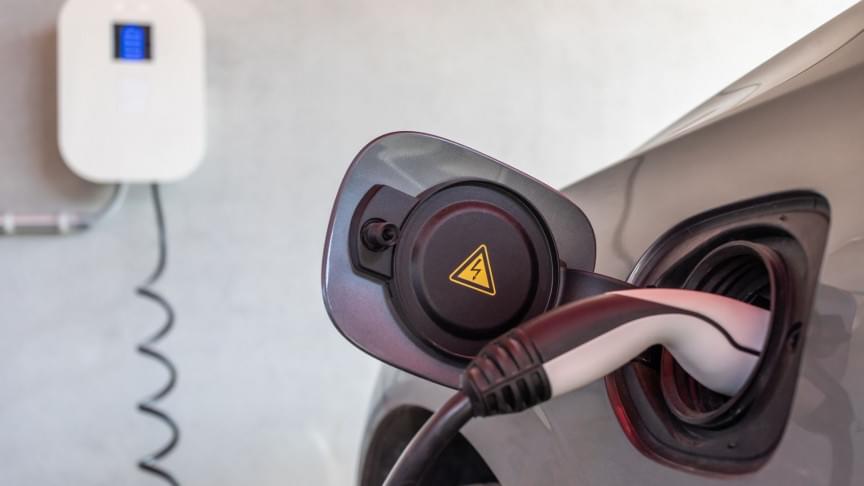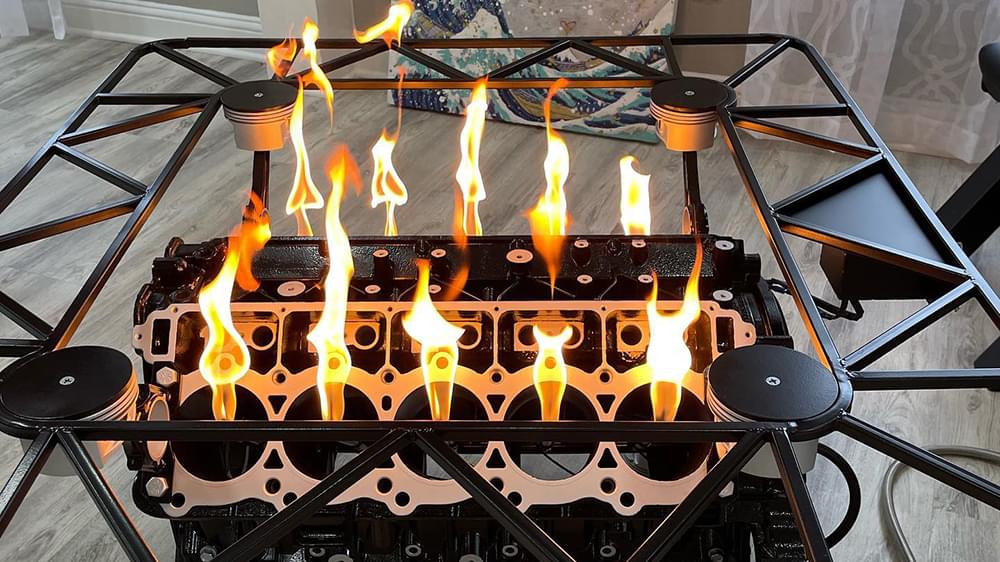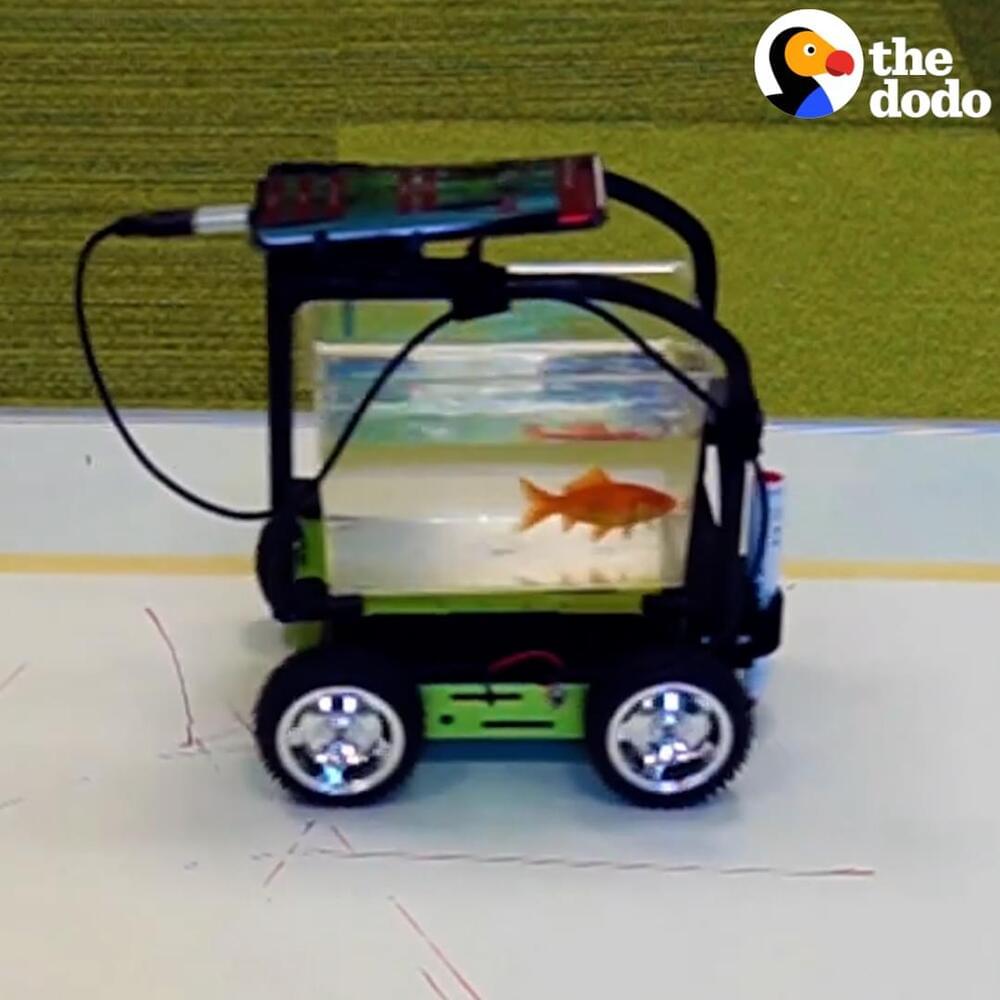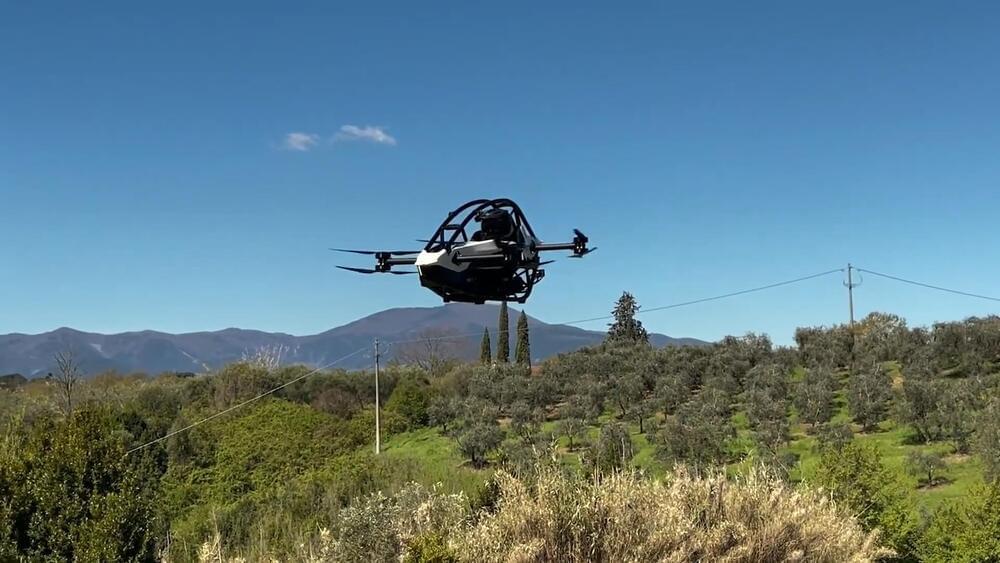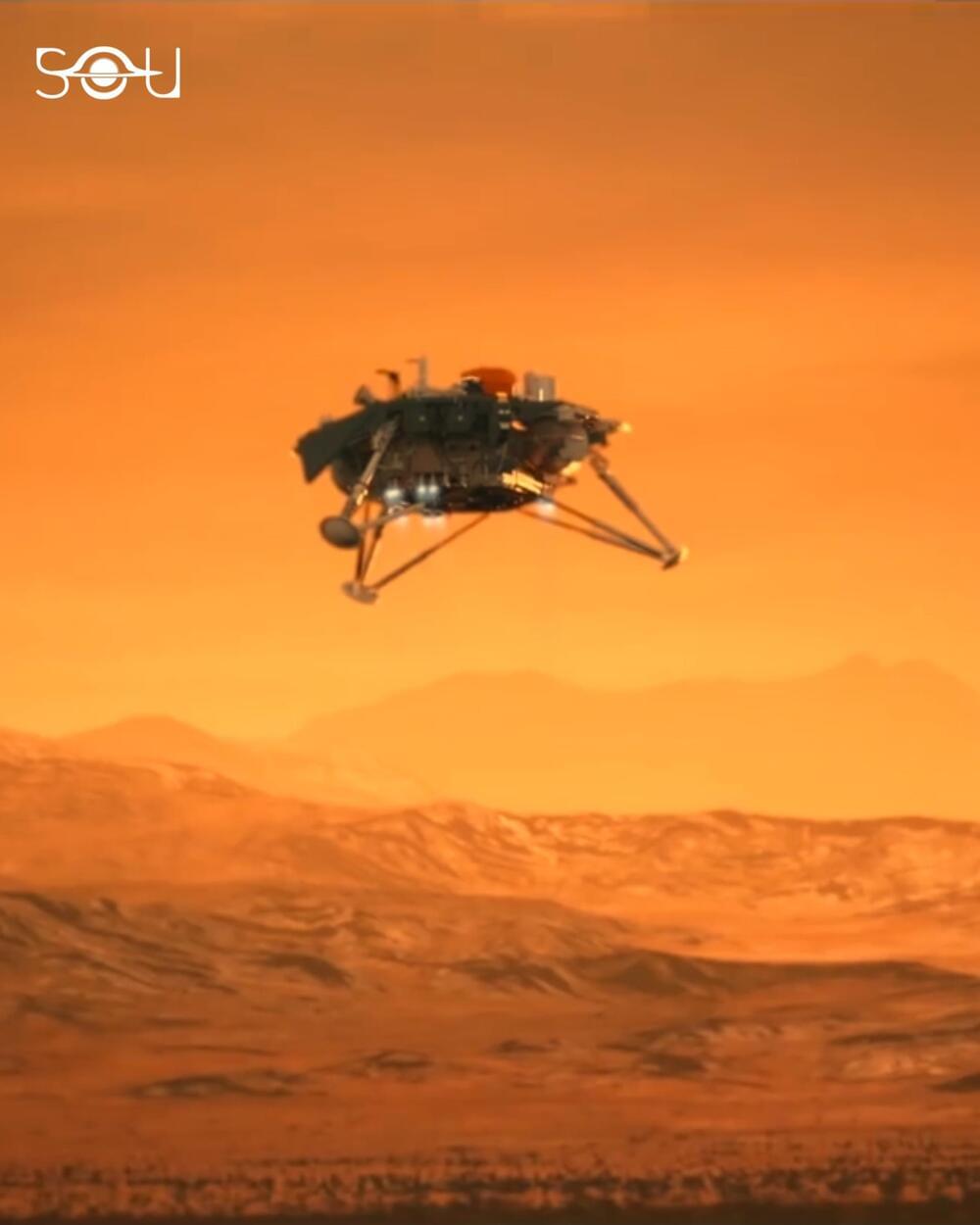Tesla’s battery research arm based in Canada published a paper earlier this month that provides details of a battery design that could serve us for 100 years, Electrek reported.
As the world looks to reduce carbon emissions, electric transportation is one of the ways that is being touted to achieve emission targets that countries have set themselves. To ensure this can be sustainable, countries need to switch to renewable sources of power, while electric vehicle makers need to ensure that the cars themselves do not become a cause of concern.
